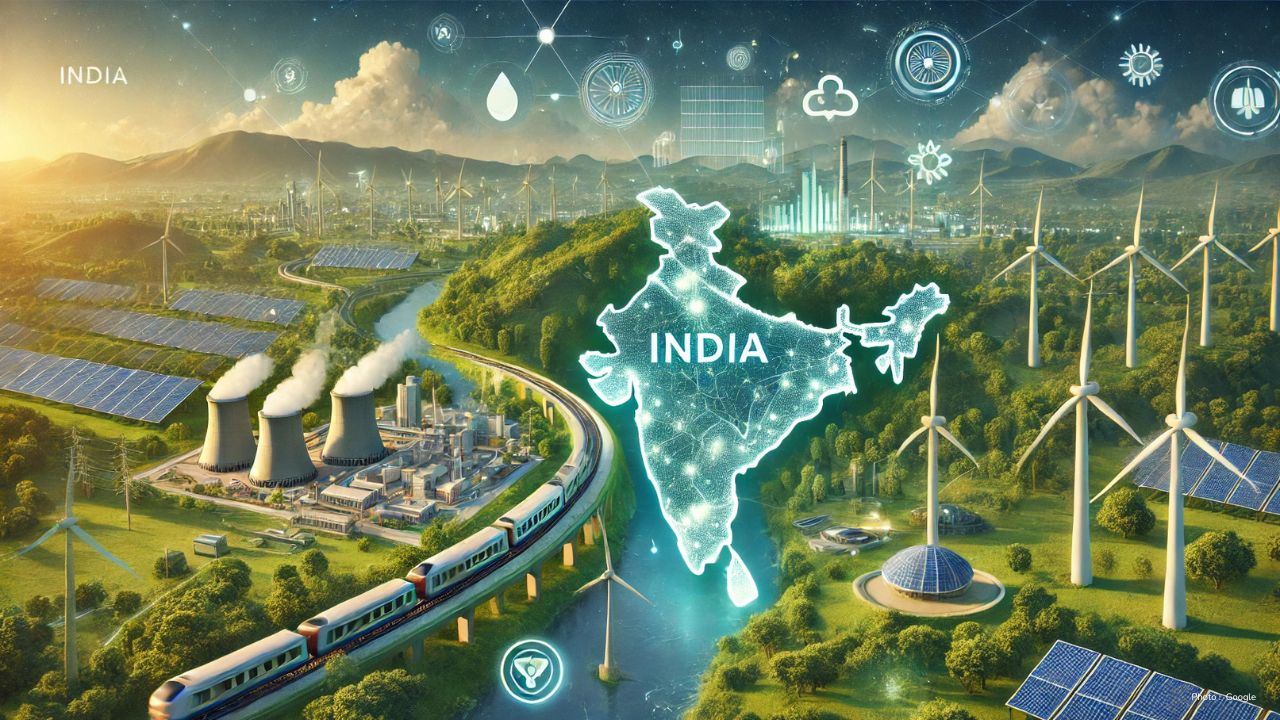
A Nutritionist’s Warm Guide to When to Enjoy Flaxs
Nutritionist Deepsikha Jain recommends 1–2 tablespoons of flaxseeds—morning, before meals or as a sn

India is making strong efforts to reduce pollution and use clean energy. By 2025, the country is focusing on renewable energy sources like solar, wind, and hydro power. These efforts aim to provide electricity to homes, businesses, and industries while protecting the environment. Green energy is helping India move toward a cleaner and healthier future.
What Is Green Energy?
Green energy comes from natural sources that do not harm the environment. Unlike coal or oil, green energy does not produce harmful gases that cause climate change. Common green energy sources include:
Solar Power: Energy from the sun using solar panels.
Wind Power: Electricity generated using wind turbines.
Hydro Power: Energy from flowing water in rivers and dams.
Biomass: Energy from organic materials like plants and waste.
Green energy is renewable, safe, and helps reduce dependence on fossil fuels.
India’s Green Energy Achievements
India has made important progress in green energy by 2025:
Solar Energy: India has installed over 100 GW of solar power capacity, making it one of the largest solar producers in the world.
Wind Energy: The country has around 50 GW of wind power capacity, mostly in coastal and windy regions.
Hydro Power: India uses rivers to produce about 45 GW of clean electricity.
Government Initiatives: Programs like the National Solar Mission encourage businesses and households to use solar energy.
These achievements show that India is serious about reducing pollution and using clean power.
Benefits of Green Energy
Green energy brings many advantages to people and the environment:
Clean Air: Less smoke and harmful gases improve health.
Job Creation: Building solar panels, wind turbines, and hydro projects creates many jobs.
Energy Security: India can produce its own electricity instead of importing coal or oil.
Sustainable Development: Green energy is renewable and will last forever, unlike fossil fuels.
Challenges in Green Energy
Even though progress is good, there are challenges:
High Initial Cost: Installing solar panels or wind turbines requires money upfront.
Infrastructure: Building power plants and transmission lines takes time and planning.
Storage Problems: Electricity from solar or wind may not be constant, so storage systems are needed.
Skilled Workforce: India needs more trained people to manage green energy projects.
The government and private companies are working to solve these problems with better technology and investments.
Future of Green Energy in India
By 2030, India aims to have 500 GW of renewable energy capacity. This will include more solar parks, offshore wind farms, and energy storage systems. Green energy is expected to power homes, schools, hospitals, and factories across the country.
Experts also believe that green energy will help India meet international climate goals and reduce carbon emissions, keeping the planet safe for future generations.
Disclaimer
This article is based on information available in 2025. It is meant for educational and informational purposes and does not promote any company or product.